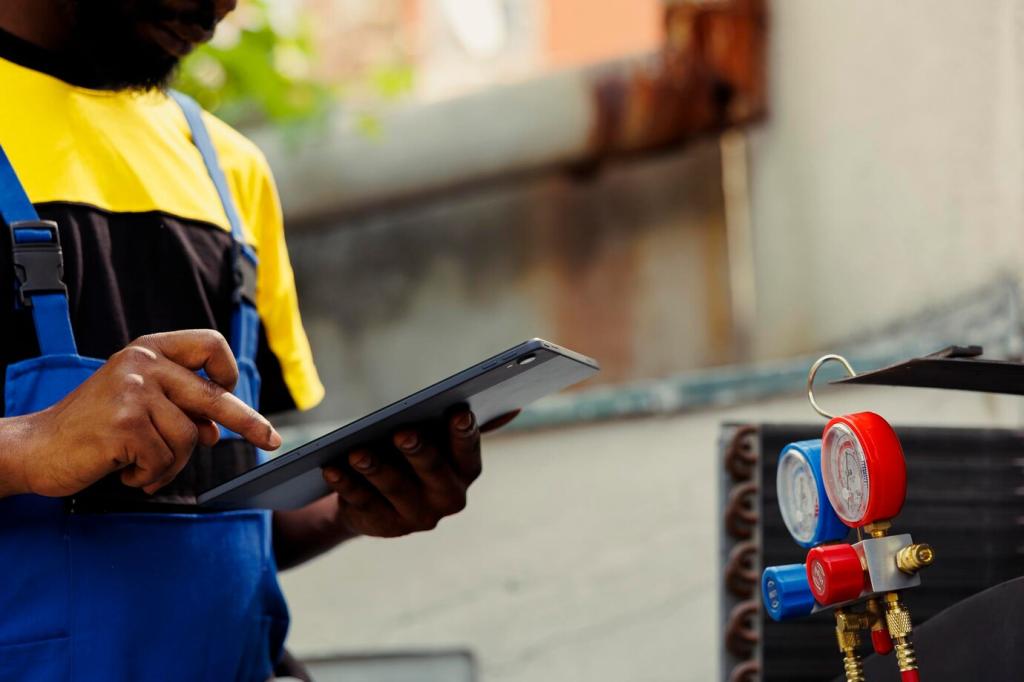Sensors That Actually Help
Chest straps offer excellent accuracy for intervals, while optical bands are convenient for steady sessions. Track HRV trends in the morning to gauge readiness, adjust intensity, and balance training stress with rest before fatigue becomes an injury risk.
Sensors That Actually Help
Bluetooth cadence and speed sensors refine pacing on the bike, and footpods stabilize pace in tunnels and on tracks. Power meters quantify effort precisely, revealing gains hidden by terrain or wind, so training zones stay honest and improvements show up faster.




